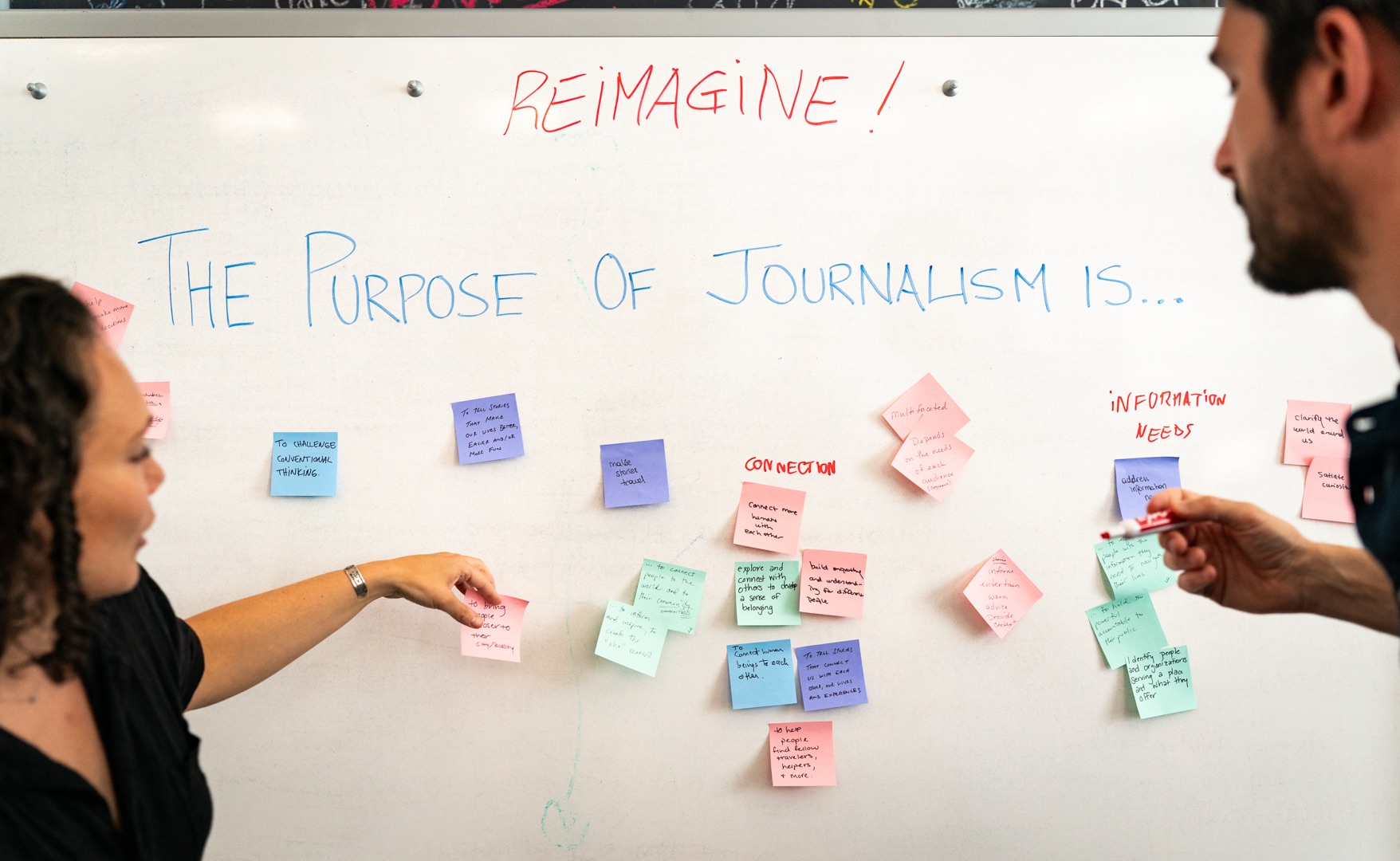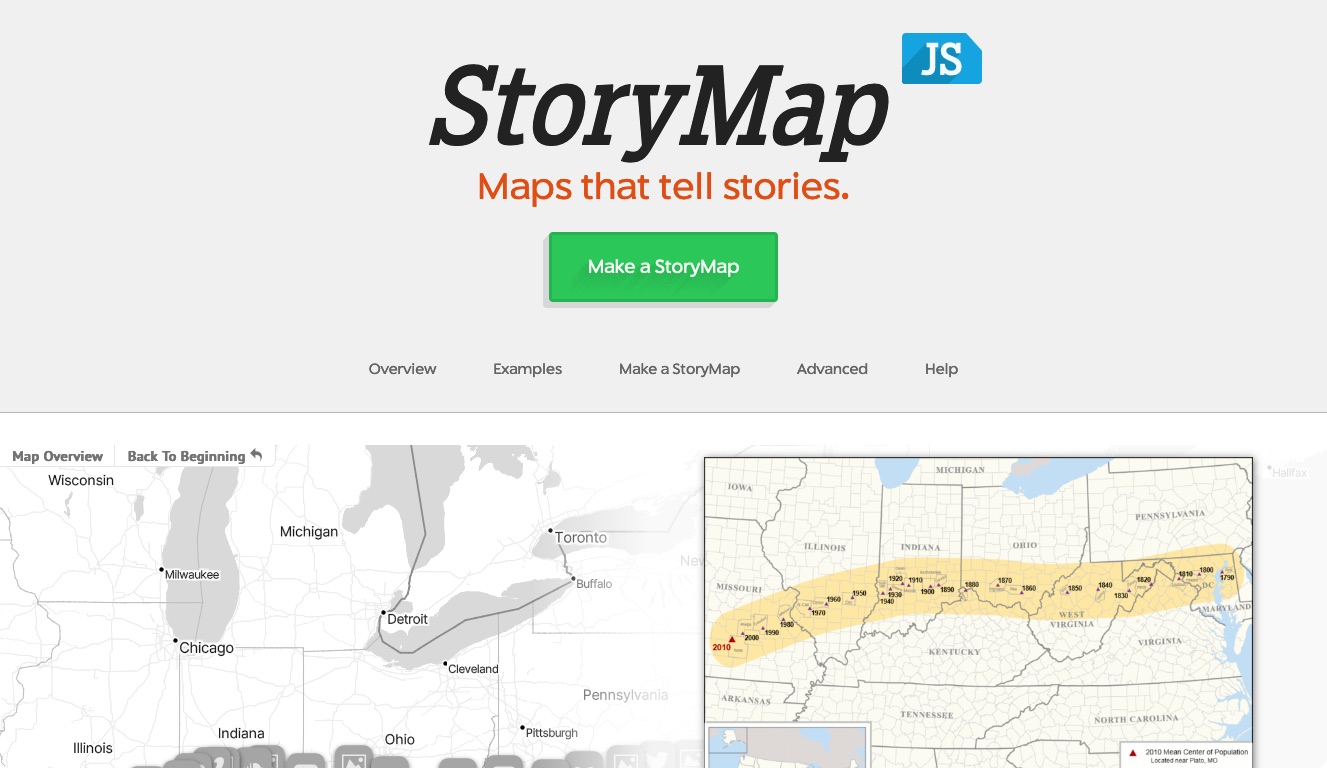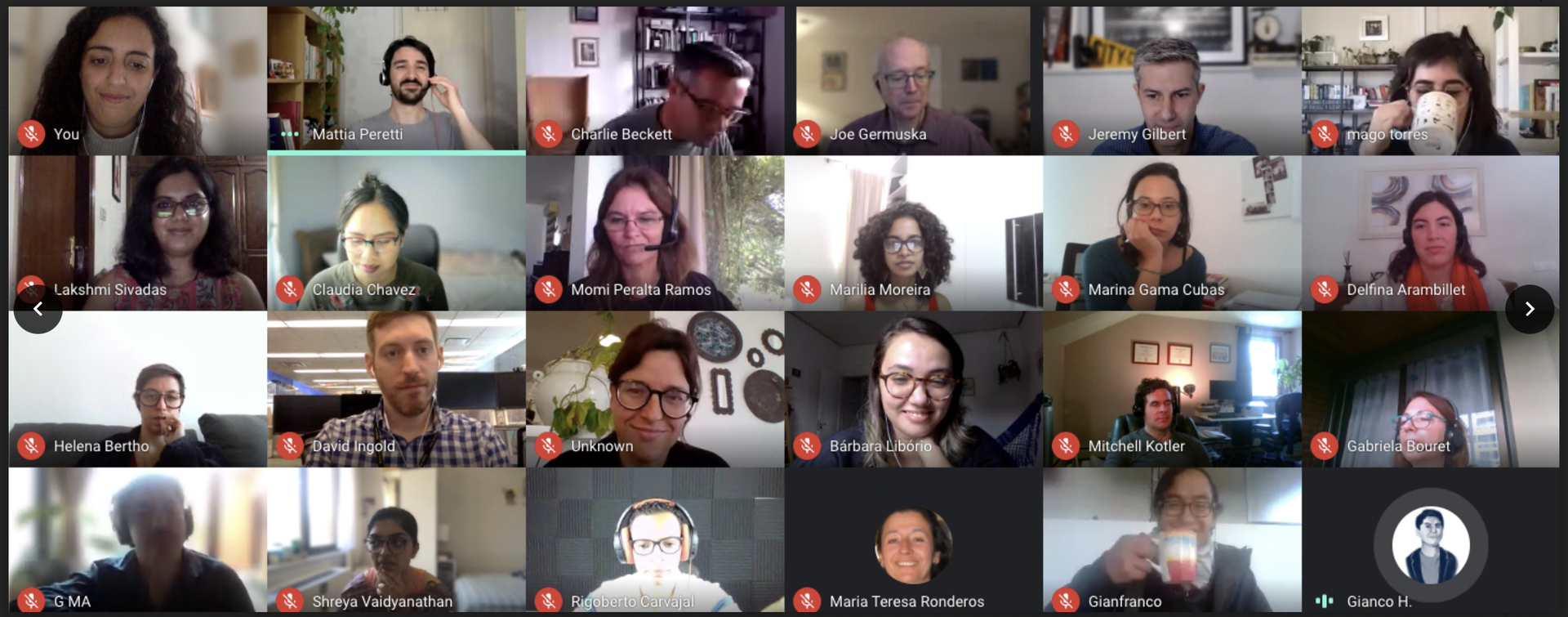International Women’s Day is always inspiring and encouraging. But this past March 8, was even more special. That's the day I found out a project I co-founded, Boxx Magazine, had been chosen as one of the winners of the McCormick Foundation’s New Media Women Entrepreneurs (NMWE) grant! Selena Fragassi and I had talked about creating a music magazine highlighting women since our days at Venus Zine in 2010. After watching the documentary Hit So Hard in May 2012 Selena and I walked out of the theater convinced we had to do something. To build a project on the scale we had in mind we would need funding to get started. Here are the ten things I found to be essential in acquiring funding for Boxx Magazine:

Whatever your project is, you have to love it. If you don’t believe in it, why should anyone else? You are going to be eating, sleeping, and breathing your project for the foreseeable future so you may as well enjoy it. I’d say if you love it “then it doesn’t feel like work,” but no, there are definitely times when it feels like work; but it’ll be the good, purposeful kind.
2) Do your research
Get creative with your research. Search for any kind of funding that may be available for your project. My first basic search was something simple like “women grant,” and it returned all kinds of results, but the two that seemed most relevant to our project were the NMWE and the International Women’s Media Foundation (IWMF) grants. Find out what projects the different funding organizations have awarded before, and what they are looking for now. I looked up the past winners of the IWMF grant and the NMWE grant to gauge what aspects of these ideas made them appealing to funders.
Also, try to look at your project from different angles or even break it up into pieces that could attract different sources of funding. You may only find grant funding, but if you can find extreme commercial value in your project you may attract investors. Research will be your best friend. Research your market, possible revenue streams, and of course research any competitors or possible competitors; you can learn a lot from them.
3) Work hard
You’re fooling yourself if you think it’s going to be easy. Focus on making your project amazing and don’t get too carried away with the dreaming or the bigger picture. I’m not going to lie, Boxx needs a ton of work. But my first goal was to at least put something out there, so that everyone could experience an example of what we want to create. I am a novice at making the internet. I’d get home from work and spend the rest of the night tweaking different aspects of the site to try to figure everything out; actually, I still do this. If you really want your project to succeed you are going to be putting a ton of time into it. Don’t worry though, the saying is true: it really does pay off!
4) Get Help
Track down people who have been awarded grants before and ask them for advice. If you’re like me, you’re not naturally inclined to ask for help and you haven’t done anything like this before. You’re learning while doing. Don’t be afraid or ashamed to ask for help. The best way to save time is to gather all the helpful tips from those who have tried something similar before. I asked Erin Polgreen, co-founder of Symbolia who won the NMWE and IWMF grants in 2012, for help and she was beyond fantastic about sharing what she included in her application that made it stand out. We also asked former Venus Zine interns and staffers for their help in creating content and coordinating our social media. We are truly appreciative of all the amazing people that have stepped forward.
5) Network
Talking about your project is invaluable. It helps you formulate the language you use to help people understand exactly what it is you’re doing and also helps you fine-tune your ideas. One of the easiest ways I found to start talking to people about Boxx was simply to ask people about their favorite female musicians. You never know who you’ll end up meeting, it may be just the right person to help with the next steps in your project or a former girl group member who used to tour with the Beastie Boys.
6) Learn some business
You will need at least a basic understanding of business concepts, or have a partner who does. Not everyone majored in business—I’m finally glad I did. Again this is where research is your best friend. Take a class, ask for advice, and use that internet. When trying to figure out what business entity to choose one of the first people I contacted was Amy Schroeder, founder of Venus Zine, she’d been through this process before and helped to answer my questions or point me in the right direction.
7) Target specific grants
Target your proposal or application to each specific grant. Both of the grants I applied for had a question and answer format. The NMWE application even has a character count for your answers. Search online for grant proposal examples to learn about how others succeeded and what you may want to avoid.
8) Show off
Grant organizations want to know that your organization can succeed, so you must show them. Provide any relevant background experience you have that enables you specifically to take on your project and make it rock! Some will have you submit a resume, but it is always better to give specific examples and create the story rather than a bullet point on a page. All the tips you get to ace job interviews apply here.
9) Demonstrate a need and uniqueness
Demonstrate that your project fulfills a need or niche in the market that is not being represented or is underrepresented. Explain why your project is unlike anything else that has been done before, how you will reinvent the wheel, or how you will push the field forward. In my case, I highlighted Boxx’s inclusive strategy — we’d focus on women, but not to the exclusion of men, which is something previous female-focused publications often did. Another example I used was the OpEd Project’s statistics on the underrepresentation of women’s opinions in the media and how Boxx would help change that. One thing I have learned in working with universities and grants is that the key word is benefit.
10) Keep your eyes open
This is one of the most important steps. Keep your eyes open for any opportunities that may show themselves. It’s completely like that whole deal with the number 23. Once your mind is open to it you’ll start seeing things everywhere— a flyer from a foundation seeking grant applications, a tweet with a link to something you’ve been wanting an answer to, or overhearing a conversation about your project’s topic. Pounce on all opportunities and use them to your advantage.
Above all, keep telling yourself you can do it! OK so 10 ½ steps. I break rules.
About the author





